If you’re a fan of the world-famous Chardonnay, you may enjoy a glass of rich, creamy Viognier wine. So, what is Viognier (vee-own-yay)? It’s a full-bodied white wine with hints of honeysuckle, peach, and tangerine.
It originated from France, but wineries from Australia and California also produce their versions. Read on to know more about this full-bodied wine and find the best way to enjoy it.
History of Viognier wines
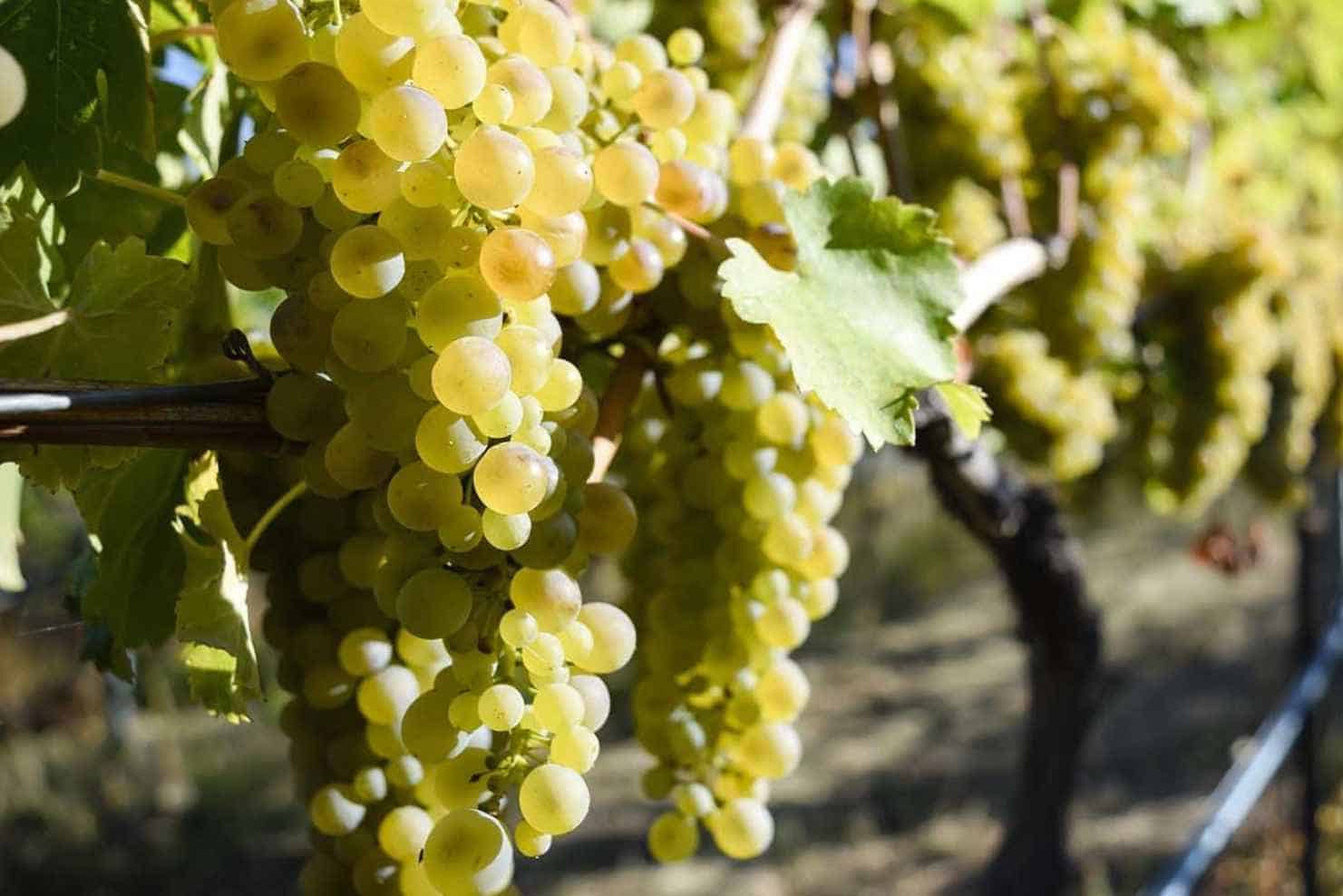
The Viognier grape is an ancient variety first cultivated in the Northern Rhone Valley. It’s a historic and prolific wine region between Valence and Vienne. Probus, a 3rd-century Roman emperor famous for being the restorer of Roman-Gallo viticulture, brought the grape to Rhone Valley.
Wineries from Southern France and other regions imported and cultivated the Viognier grape. However, due to phylloxera infestation and World War I, the wine production of these grapes declined drastically.
The industrialization of the French region and the 1930 economic crisis also caused the number of hectares of Viognier vines to decrease dramatically. For example, in 1965, only eight hectares were left in the whole region. Since it’s only equivalent to a small farm, it’s not enough to produce wine commercially.
Due to its superior quality, winemakers from the Condrieu appellation strived to develop this Viognier grape.
After overcoming all hurdles, they successfully spread the variety in Southern Rhone Valley, then to the South of France. In 2000, winemakers from other parts of the globe noticed this delectable wine and started cultivating it on their native soil.
Where do the Viognier wine grapes grow?
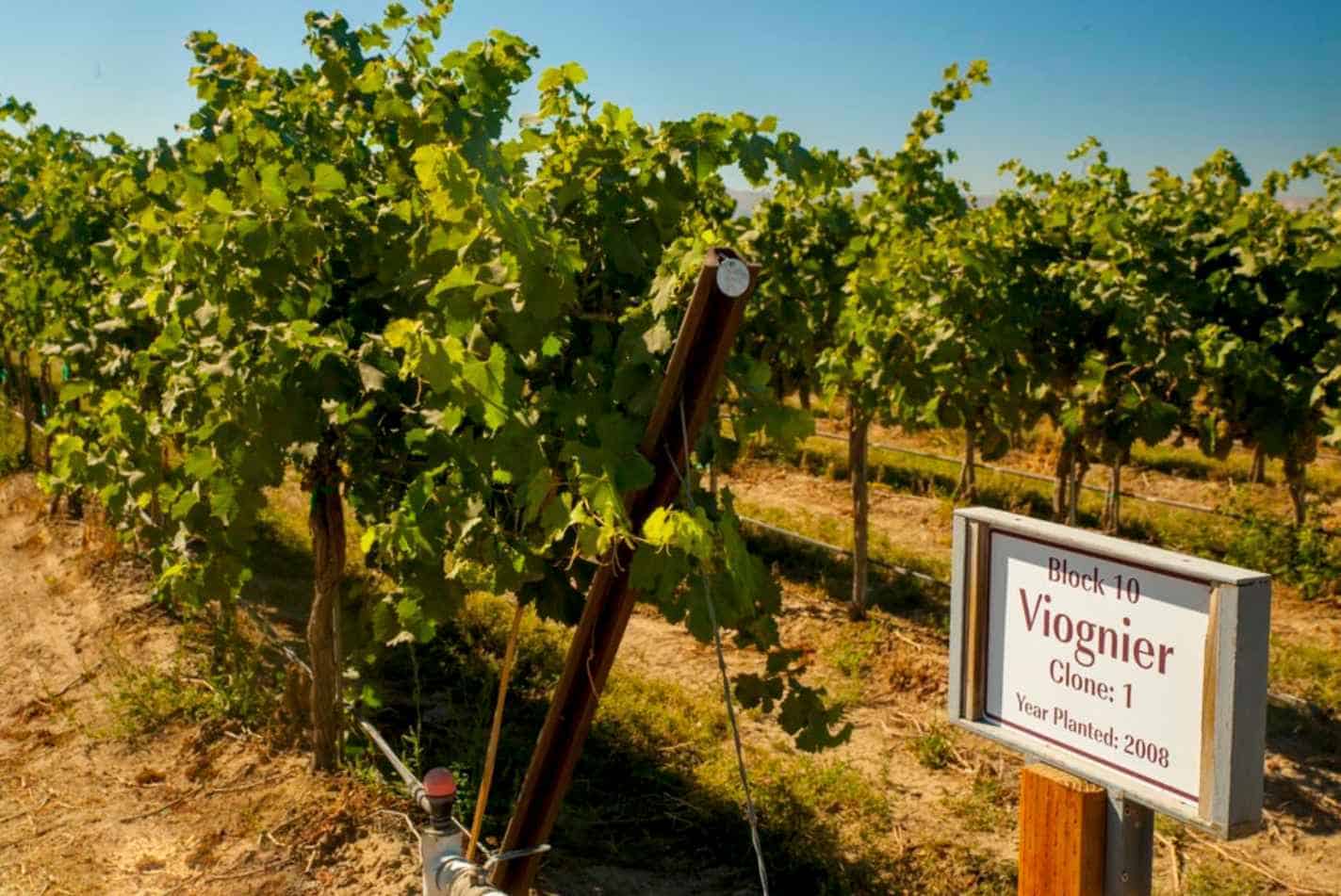
This white grape may be closely associated with Rhone. However, some regions and countries have shown interest in its cultivation and production.
Viognier in France
The vineyards in Ampuis and Condrieu, located in Rhone Valley, are the world’s largest producers of Viognier wine. Meanwhile, winemakers from Languedoc-Roussillon in the South of France also use them to produce single-variety wines.
There was a time when Chateau Grillet, Coute Rouite, and Condrieu appellations exclusively cultivated the Viognier grape variety.
Viognier in Australia
Due to Australia’s diverse climate, it produces Viognier wines in a broad range of styles. Wine lovers can acquire full-bodied, fragrant, and luscious versions.
This wine grape variety grows across Australian regions such as Hunter Valley, Adelaide Hills, Riverland, and Barossa. However, the Eden Valley wineries are known to be the best producer of Viognier wines.
How is the Viognier wine made?
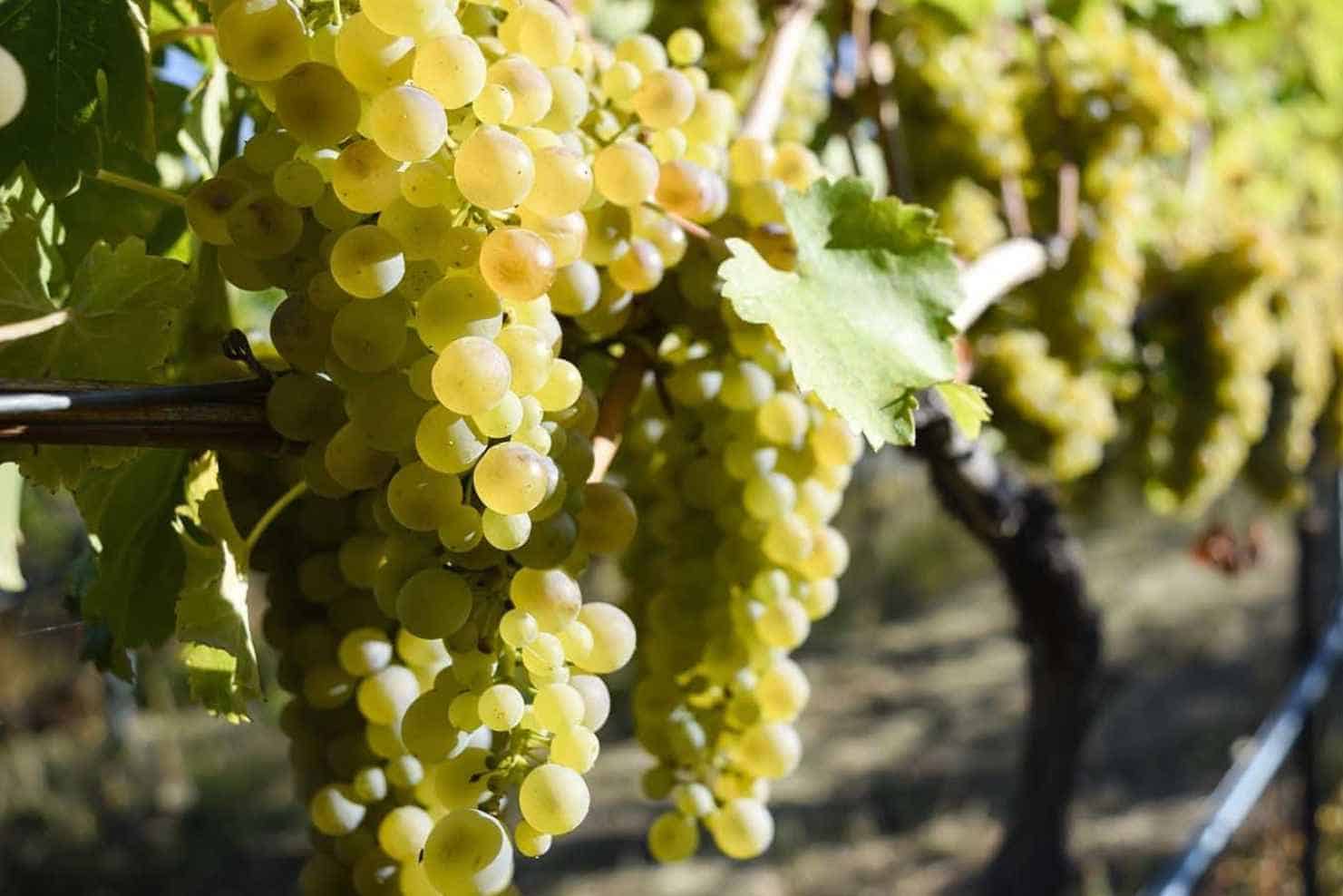
The thick-skinned Viognier grapes need plenty of sunlight to ripen fully. However, they tend to lose their aroma if left under the sun for a long time. Viticulture and production require a perfect balance of the elements and processes.
How are Viognier grapes cultivated?
Generally, this grape variety blossoms and ripens mid-season. Managing and cultivating the vines can be tricky since they can’t naturally produce reliable, healthy yields. The Viognier grape is also prone to mildew and coulure, making its viticulture risky and unpredictable.
Farmers must harvest the grapes when they are fully ripe. Otherwise, they would lose their taste and aroma. On the other hand, when they’re harvested late, the wine would come out oily and lacking in perfume. Growing the delicate Viognier grapes requires careful attention to achieve the perfect acidity and sweetness.
Viognier grapes require perfect balance and timing. If done right, they would produce a refreshing and zesty wine. The correct harvesting process can also ensure a resulting wine with an apricot zing- a feature for which Viognier wine is known.
What is the Viognier winemaking process?
The Viognier wine’s distinct aroma comes from a fermentation process that goes beyond 13% ABV (alcohol by volume). It is assumed that the farmers harvested the grapes in an ideal situation.
Some producers macerate crushed Viognier berries for several hours before pressing and fermenting them. This process makes the wine’s aroma more complex.
Does the Viognier grape thrive in a warm climate?
Yes, this white grape variety loves the warm climate. Its thick skin needs bountiful sunlight to reach optimum ripeness. Viognier grapes thrive in the environment and terroir of Rhone Valley, California’s Central Coast, Chile, and Australia.
Does the Viognier wine taste better as it ages?
Viognier is one one the wines that taste better the longer they age. Some versions reach their full flavor profile when they age up to 15 to 20 years. The distinct apricot-like aroma of Viognier wines results from aging them in oak for decades. This process makes the wine’s texture smooth and creamy, like Chardonnay.
What is the taste and aroma of the Viognier wine?
Here is a summary of the Viognier’s flavor and aroma to serve as your handy guide when tasting.
An Overview of the Viognier Flavor Profile
| Dominant Flavors | Honeysuckle. Rose, peach, tangerine, apricot, and mango |
| Fruitiness | High |
| Body | medium-full |
| sweetness | medium |
| Acidity | medium-low |
| Alcohol | medium-high |
| Aroma | Honeysuckle, thyme, pine, rose |
How does the Viognier wine taste?
Viognier is a full-bodied and aromatic wine that reveals apricot and peach notes. You can also taste a hint of other tropical fruits. Fans of the well-loved Chardonnay will appreciate the creaminess of Viognier sans the buttery flavor.
This type of wine is known for the oily sensation mid-palate. It’s a distinct characteristic of wines made from the Viognier grape. Some drier styles will have less fruity notes. They also display slight bitterness, similar to a fresh rose petal taste.
One sip of the Viognier wine leaves notes of honeysuckle, rose, and vanilla pod on the palate. You’ll notice the brightness and mild acidity complemented with a rich creaminess. It’s a refreshing drink perfect for warm summer days.
What is Viognier wine’s style?
The Viognier, a medium to full-bodied wine, has low acidity but is high in alcohol. Its richness and weight are similar to Chardonnay, but the Viognier has a more powerful aroma.
What’s the aroma of the Viognier wine?
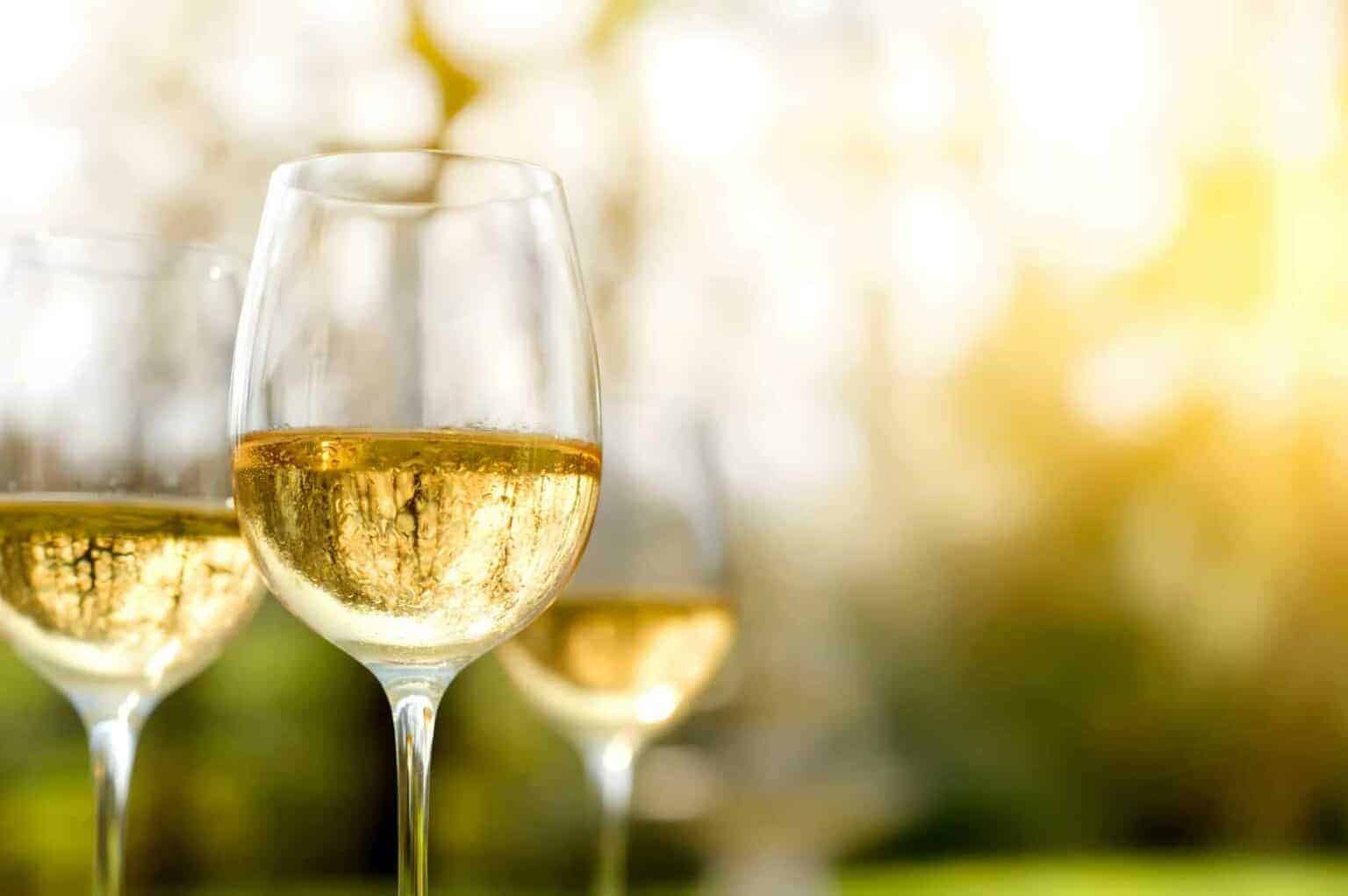
The Viognier wine’s claim to fame is its ability to blend roundness and acidity with a distinctly rich aroma. One sniff will give you the scent of lime, apricot, and honeysuckle. You’ll also get a whiff of floral and herbal notes, including lavender, chamomile, pine, and thyme.
Is the Viognier wine sweet?
Generally, the Viognier has a natural, mild sweetness, especially on its top notes. However, you’ll taste dryness and subtle acidity on its base. These characteristics make it a delightful drinking and food pairing wine.
Is the Viognier wine highly acidic?
The Viognier is a mildly acidic type of wine. It displays a perfect balance between acidity and freshness that invigorates the senses.
How to drink Viognier wines
You must chill this wine at a low temperature before serving it to make it more refreshing. Then, pour it at 50-55 degrees Fahrenheit to bring out its delicate natural flavors.
In three minutes, this video wraps up everything you need to know about the Viognier.
What food pairs well with the Viognier wine?
The key to the perfect pairing of Viognier wine with food is to honor its medium acidity and delicate floral notes. It’s best to focus on enhancing and not overpowering the wine’s dominant flavors. Ensure that the food you serve isn’t too bold or acidic.
What are great suggestions for Viognier food pairing?
Like any white wine, the Viognier pairs well with white meat and seafood. They’re also great with Asian and fruit-based dishes. The following are the suggested food and ingredients that pair well with type of white wine.
Cheese
- Baked Brie with Apricots
- Gruyere
- Farmer’s Cheese
- Young Sheep’s Milk Cheese
- Fondue
- Comte
Herbs and Spices
- Lemon Zest
- Orange Zest
- Fresh Dill
- Fresh Sage
- Marjoram
- Tarragon
- Herbs de Provence
- Green Garlic
- Ginger
- Galangal
- Chives
- All Spice
- Mace
- Saffron
- Fennel Seeds
- Turmeric
- Nutmeg
- Allspice
Meat and Fish
- Chicken Curry
- Roasted Chicken
- Savory Orange Chicken
- Chicken Teriyaki
- Spicy Shish Kebab
- General Tso’s Chicken
- Roast Turkey Breast
- Pork Chop with Apricot Sauce
- Quail
- Halibut
- Seabass
- Pan-seared Tilapia’
- Crab
- Lobster
- Shrimp
- Poached Salmon
- Crispy Oyster Bites
Rice and Pasta
- Risotto
- Four-cheese pasta
- Sushi
Fruits and Vegetables
- Capers
- Olives
- Leeks
- Onions
- Fennel
- Cauliflower
- Pumpkin
- Butternut Squash
- Polenta
- Cranberries
- Passion Fruit
- Mango
- Orange
How to buy Viognier wines
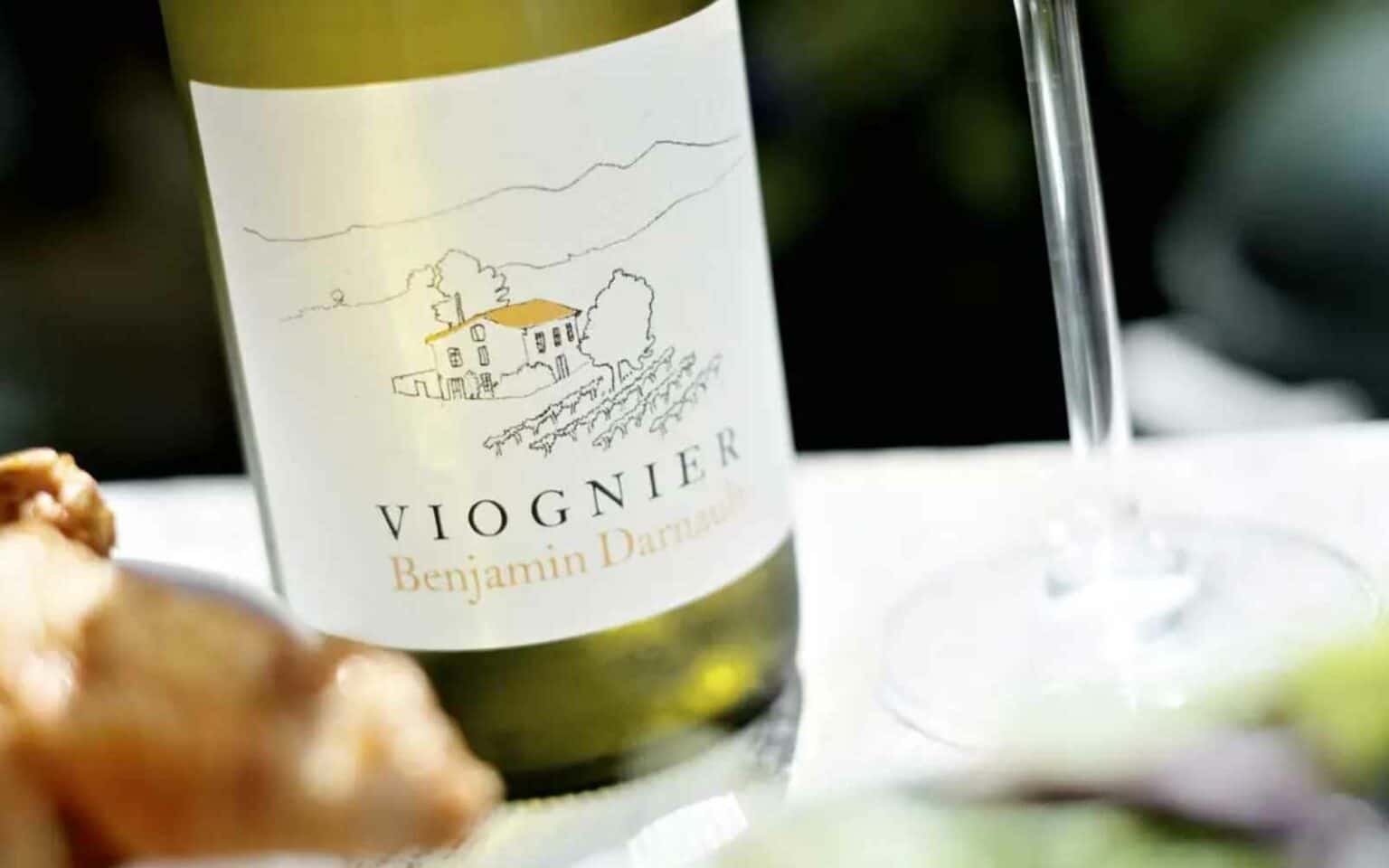
If you’re planning to buy Viognier wines for your next event, you must consider the following factors:
Style
Winemakers choose two styles when producing Viognier wines: neutral or no oak aging versus oak aging. If you’re looking for a richer, creamier taste, try the new oaked-aged Viogniers. It also has lower acidity and hints of vanilla, nutmeg, and cloves.
On the other hand, choose neutral (wines aged in stainless steel) if you want to enjoy more fruity and floral flavors. It often has a subtle acidity and bitter notes.
Alcohol by Volume (ABV)
The ABV range of Viognier wines is typically 13.5% to 15%. The two percent difference may seem unsubstantial, but the palate will detect an ABV shift. A wine with 14% ABV or less will be leaner and lighter. Meanwhile, an ABV of more than 14% will be bolder, richer, and more fruit-forward.
The Viognier is Here to Stay
This unique and delicate wine was almost extinct in the 1960s. However, winemakers can’t help but revive this aromatic gem, and it seems like it’s here for the long haul. Now that you have the answer to “What is Viognier wine?”, you can help bring back the glory of this delicious drink.
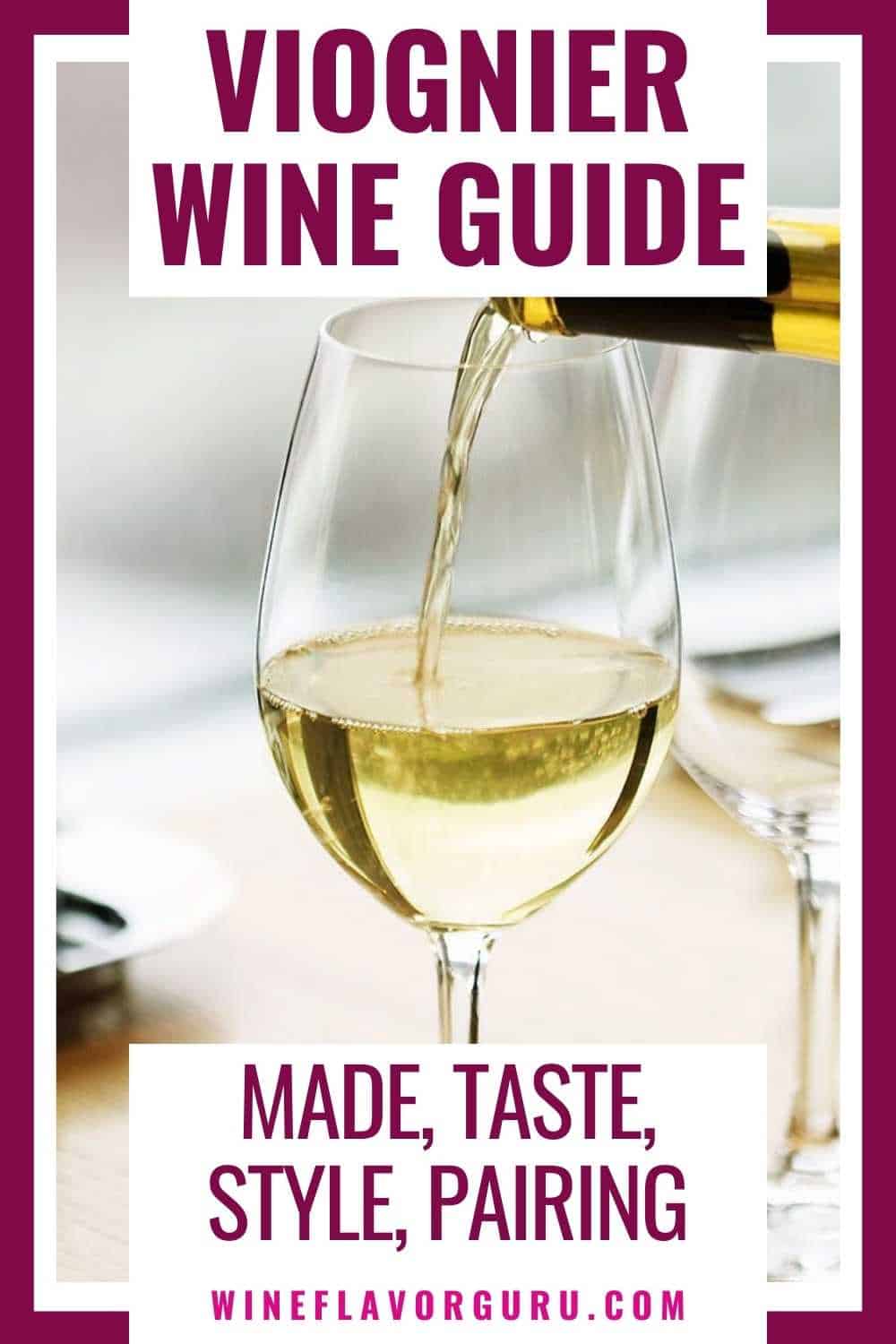

George Moore, co-founder of Wine Flavor Guru, is a charismatic entrepreneur with a rich background in California’s wine industry. Alongside Sylvia, he transformed a Sonoma County vineyard into a source of premium wines. George’s expertise in sourcing exceptional grapes and his approachable style make wine appreciation both accessible and engaging.
